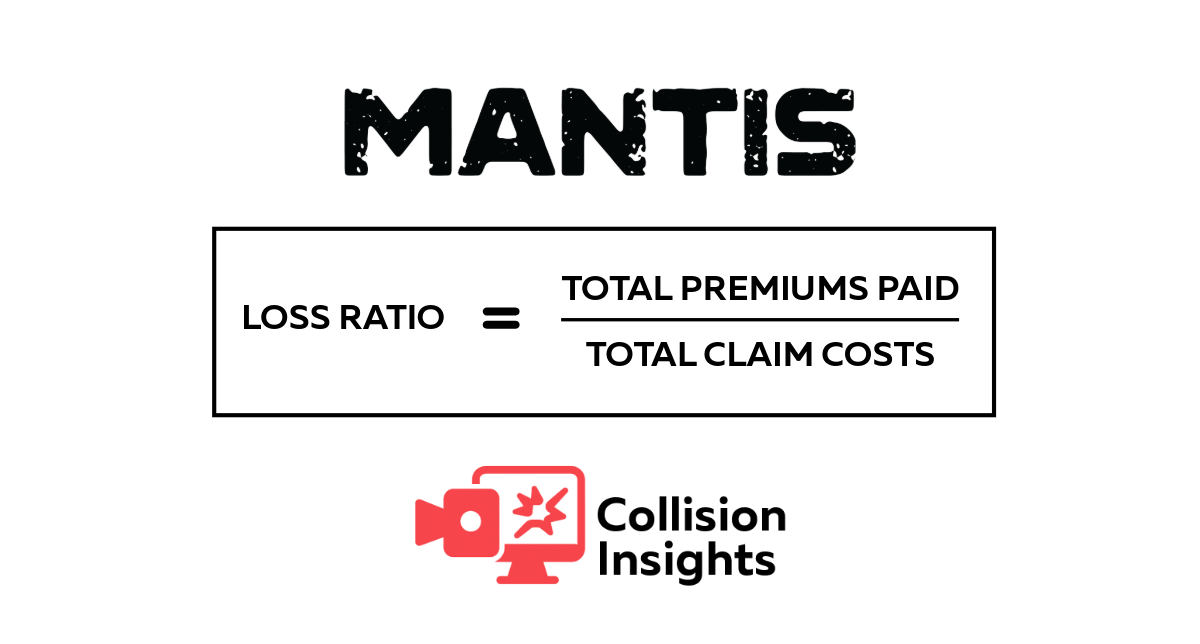Why It’s Important for Vehicle Cameras to Be Linked with Telematics Services
A security camera system without virtual assistance is like having a map with routes but no names. It’s challenging to know where you are, where you’re headed, or even to identify your context without something to help you interpret the map. Similarly, vehicle CCTV may be recording everything that happens, but without virtual assistance to inform you about the camera's status—whether they are recording, if an accident has occurred, or if a driver is drunk—it’s like having no help at all, except for the time-consuming task of reviewing footage each morning.
For all these reasons, we will outline the benefits of linking vehicle cameras with a telematics system and why you should consider a provider that offers this service.
Assists with Camera Maintenance
One of the main advantages of telematics is the ability to monitor the status of your cameras. Are they powered on? Are they recording correctly? Have I lost any footage? While each telematics platform offers different features—some clearer than others—a well-designed telematics system allows you to track the cameras and their current status. Some platforms enable remote viewing and downloading of footage, alert you when cameras are operational or malfunctioning, and even provide live camera access. This feature is undoubtedly one of the most relevant aspects of a telematics system.
Monitors Driver Behaviour
Many telematics platforms incorporate AI-based image analysis, allowing them to interpret the driver's condition. They can determine if the driver is engaged in normal activities, using a phone, sleeping, fatigued, absent from the vehicle, or smoking. Based on this information, you can select the types of alerts you want to receive, and the system will send real-time notifications so you can take action at time. Additionally, the telematics platform may provide video evidence for you to evaluate.
Another distinct feature of this system is its ability to log which driver was operating the vehicle at specific times, associating them with alerts and events. This capability is invaluable for assessing driver performance.
Provides Emergency Alerts
One of our favourite features is the emergency alerts—notifications that indicate something significant is happening. Telematics allows you to assign a severity level to each incident, displaying the event and scoring its seriousness, enabling you to prioritize your response. You can classify alerts to address the most critical situations first, such as accidents or harsh braking.
Tracks Vehicles via GPS
Even if the cameras malfunction, telematics can track the vehicles via GPS, providing real-time location information. It’s easy to evaluate routes, stops, and associated events for each trip. This tool is highly significant, as you can investigate accidents by entering the location and time, filtering through all vehicles in that area at that time, and reviewing the related events, footage, and alerts.
Conclusion
In summary, integrating vehicle CCTV with a telematics service provides numerous benefits, from ensuring proper camera functionality to monitoring driver behaviour and prioritizing emergency alerts. This comprehensive approach not only enhances security but also facilitates effective management and oversight of your fleet. Investing in a telematics provider that offers these capabilities is essential for maximizing the effectiveness of your security systems and ensuring the safety of your operations.





.png)


























